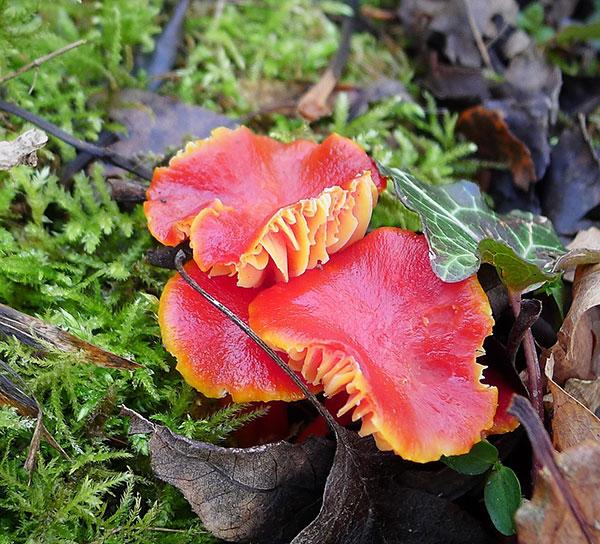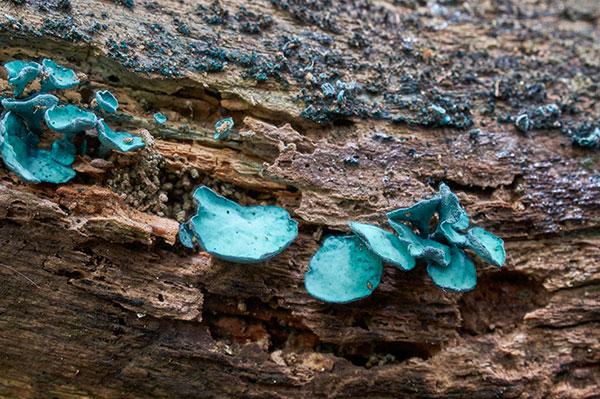News
New tours for Autumn 2020
4th May 2020

Bringing back an old favourite, a fungi foray in Norfolk.
The wonderful variety of colour and form is an allure to the photographer, the huge range of species keeps even the most ardent naturalist enthralled, and many of us just love the chance to try one of the more unusual species – a plate laced with purple Wood Blewits, yellow and brown Bay Boletes and orange and green Saffron Milk Caps is something to behold not to mention exceeding tasty!
Norfolk is blessed with great fungi habitats from heathlands to a variety of woodlands, from coastal marshes to the Norfolk Broads. The shows of the iconic Fly Agaric are often spectacular with drifts of these red and white toadstools lighting up the birched heaths alongside such elegant species as Orange Birch Bolete and Shaggy Parasol. Greentours started in Norfolk and our late autumns were spent harvesting Wood Blewits, when not organising tours of course! These gorgeous purple mushrooms are truly delicious and we’ll endeavour to ensure that you get to try them. Another equally purple species is the Amethyst Deceiver which with a little delicate cooking can garnish many a dish.
We’ll not ignore Norfolk’s amazing bird life as our best fungi sites allow us to also visit Cley and Salthouse where we’ll have the chance to see a variety of waders, wildfowl and seabirds. There’s usually flocks of Common Eider and Scoter offshore as well as Razorbills and Guillemots. Along the shingle ridge we hope to encounter Shorelarks and watch Marsh Harriers and Barn Owls patrolling Cley’s Marshes. There’s a birding extension that allows one to expand on this with a few days in north Norfolk further sampling the rich avifauna. On our agenda are Common Cranes, impressive raptor roosts, and wintering flocks of White-fronted, Pink-footed and Taiga Bean Geese. There’s all sorts of possibilities amongst the migrant passerines – with the right weather conditions Wells Woods attract various eastern rarities at this season, and Holkham’s Pines have Hawfinches. We’ll hope to come across Bitterns and Bearded Tits in Titchwell’s reedbeds and passage and early wintering birds offshore might include Red-throated Diver, Long-tailed Duck and Slavonian Grebe.






